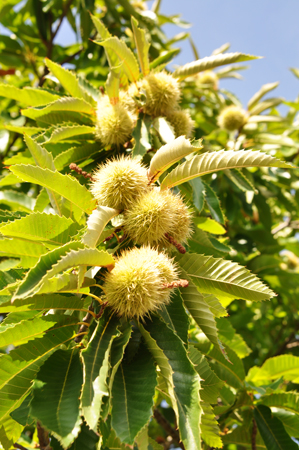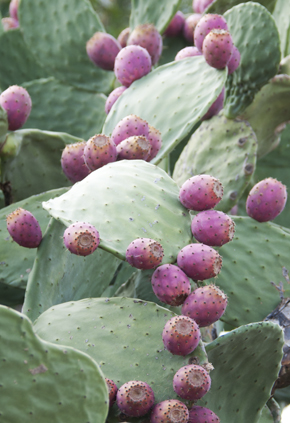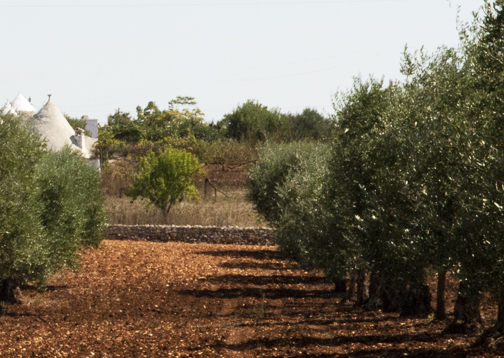apulia – the english strike againpuglia 2015 – prologue 1
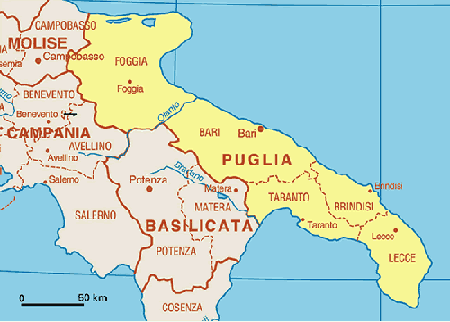 I started using prologues last year when I began writing about Sicily before we got there. In those and these prologues, I use images from online. In both instances, the prologues serve to set the scene. Reflecting on last year’s prologue posts, I’d have to say that we skipped many of the recommended sites that I wrote about. With that in mind, I am using these early posts as introductions.
I started using prologues last year when I began writing about Sicily before we got there. In those and these prologues, I use images from online. In both instances, the prologues serve to set the scene. Reflecting on last year’s prologue posts, I’d have to say that we skipped many of the recommended sites that I wrote about. With that in mind, I am using these early posts as introductions.
The word Apulia is a Roman corruption for the name of the two tribes of Lapigi people – Dauni and Messapi – who first lived in the region. (In ancient times only the northern part of the region was called Apulia; the southern peninsula was known as Calabria, a name now used to designate the southwestern tip of the Italian peninsula.)
In 14 days, I head up to Toronto to begin the 2015 trip to Italy. Like last year, I’m going in September, no more needing to travel in August when the tourists and the heat are at their worst. And this time, I’m flying out of Toronto. (We were able to get the best prices and the least connections. We fly Toronto/Rome, Rome/Bari. Martina Franca, where we’re staying, is an hour south-west of Bari.)
Puglia came on the radar, because of Earle-and-Suzanne the Australian couple we’ve stayed with the last three times we were in Le Marche. In 2013, they told us they were buying a rundown trulli in Puglia and renovating it so they could get away from the winters in Le Marche. And that the new house would be ready for rental the summer of 2015. Given that Rose, Derrick and I like their house in Isola di Fano, the thought of renting from them again in Puglia was an easy decision. However, this is old-house-renovation and I don’t care where you are, the time-frame is never what you think. By February, Suzanne told us the house in Puglia would not be ready to rent until the summer of 2016.
Rose got going and found us an amazing rental – Villa Faraone – near Martina Franca. The online images are great and the reviews, from people who have stayed there, are very positive. This is the first time we are staying at something so grand. We have been gravitating to the best in the low-price range. This bumps us into the next category – rentals with amenities.
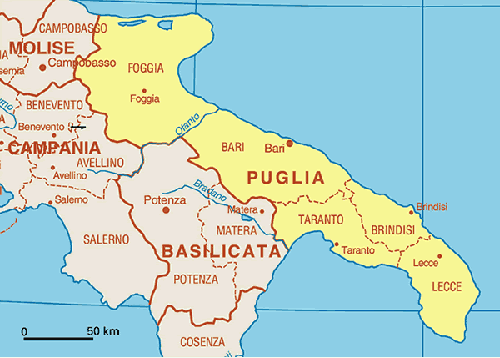
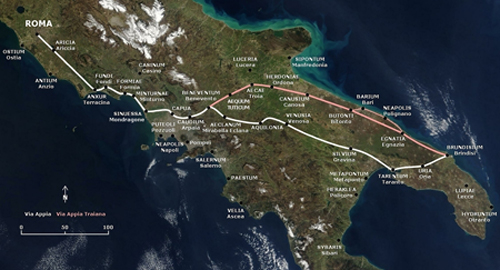
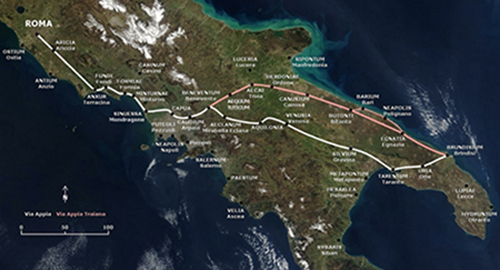 The
The 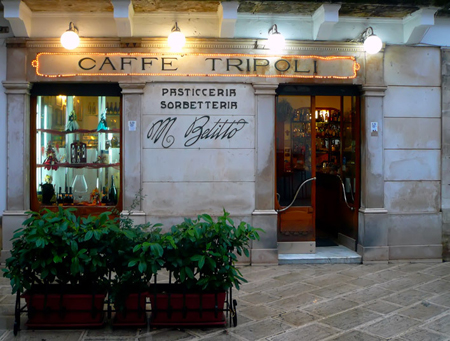
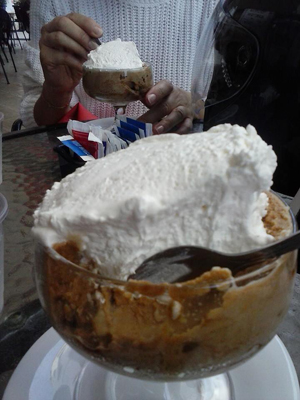 During junior year, I lived on
During junior year, I lived on 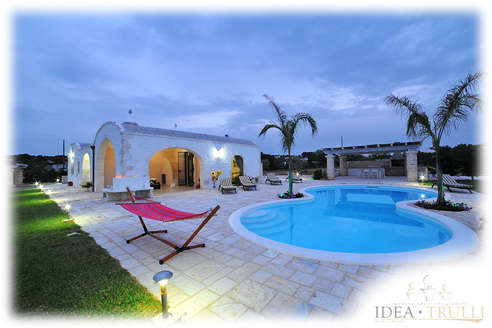
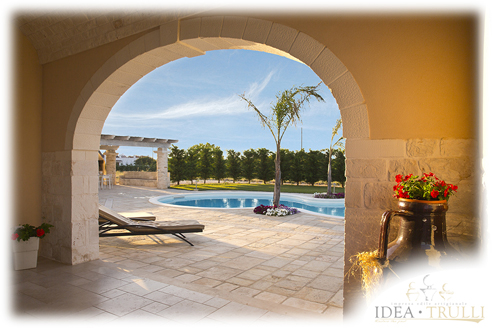
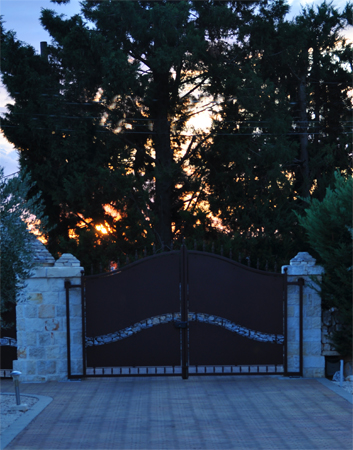

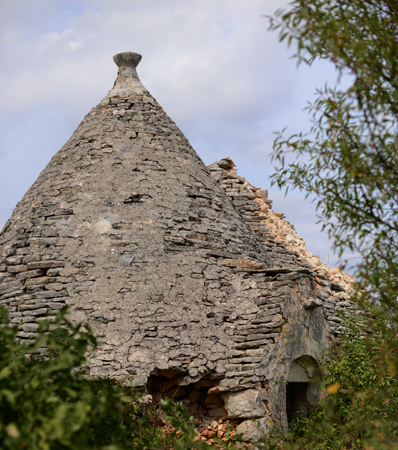
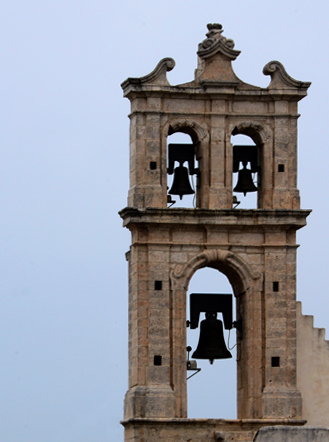



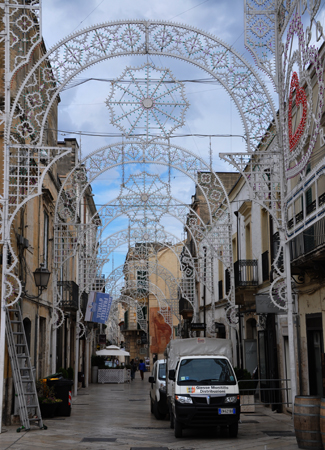

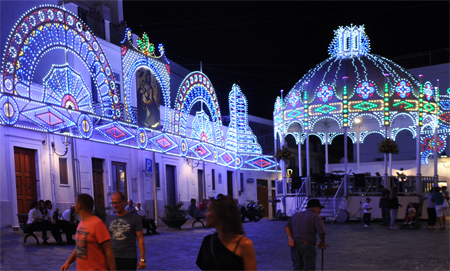
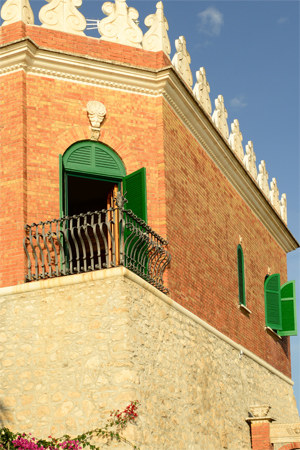 We drove two-and-a-half hours north to the
We drove two-and-a-half hours north to the 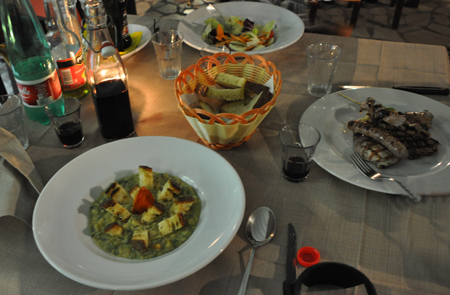
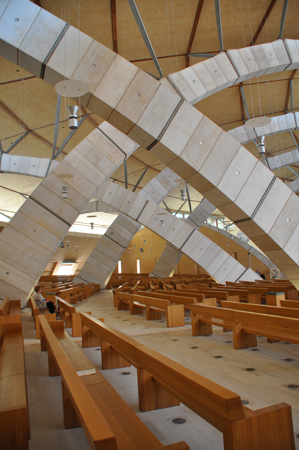
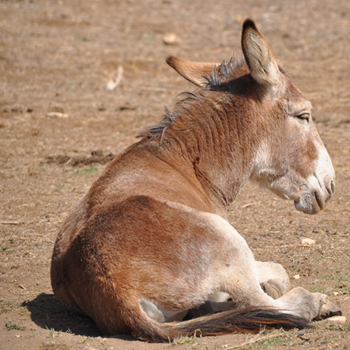

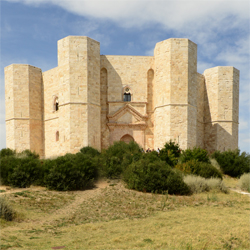


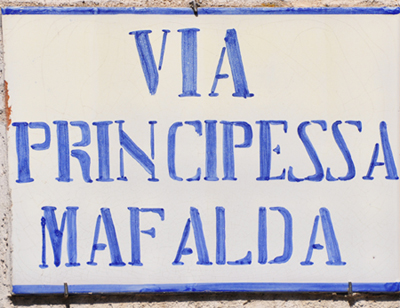
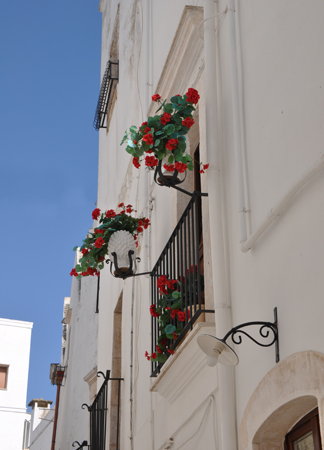
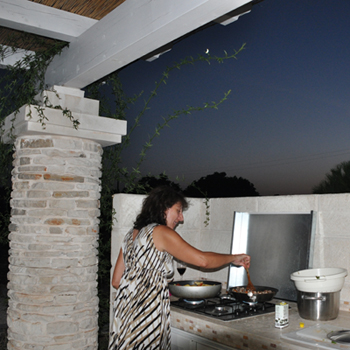
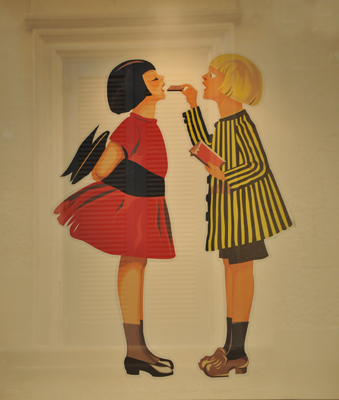
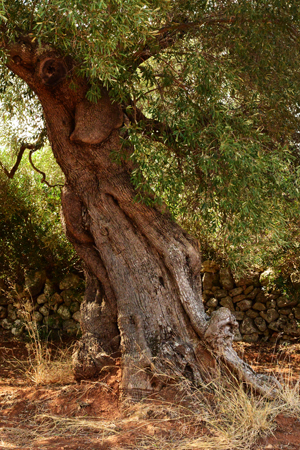

 a storm on the horizon – cucina povera-5
a storm on the horizon – cucina povera-5